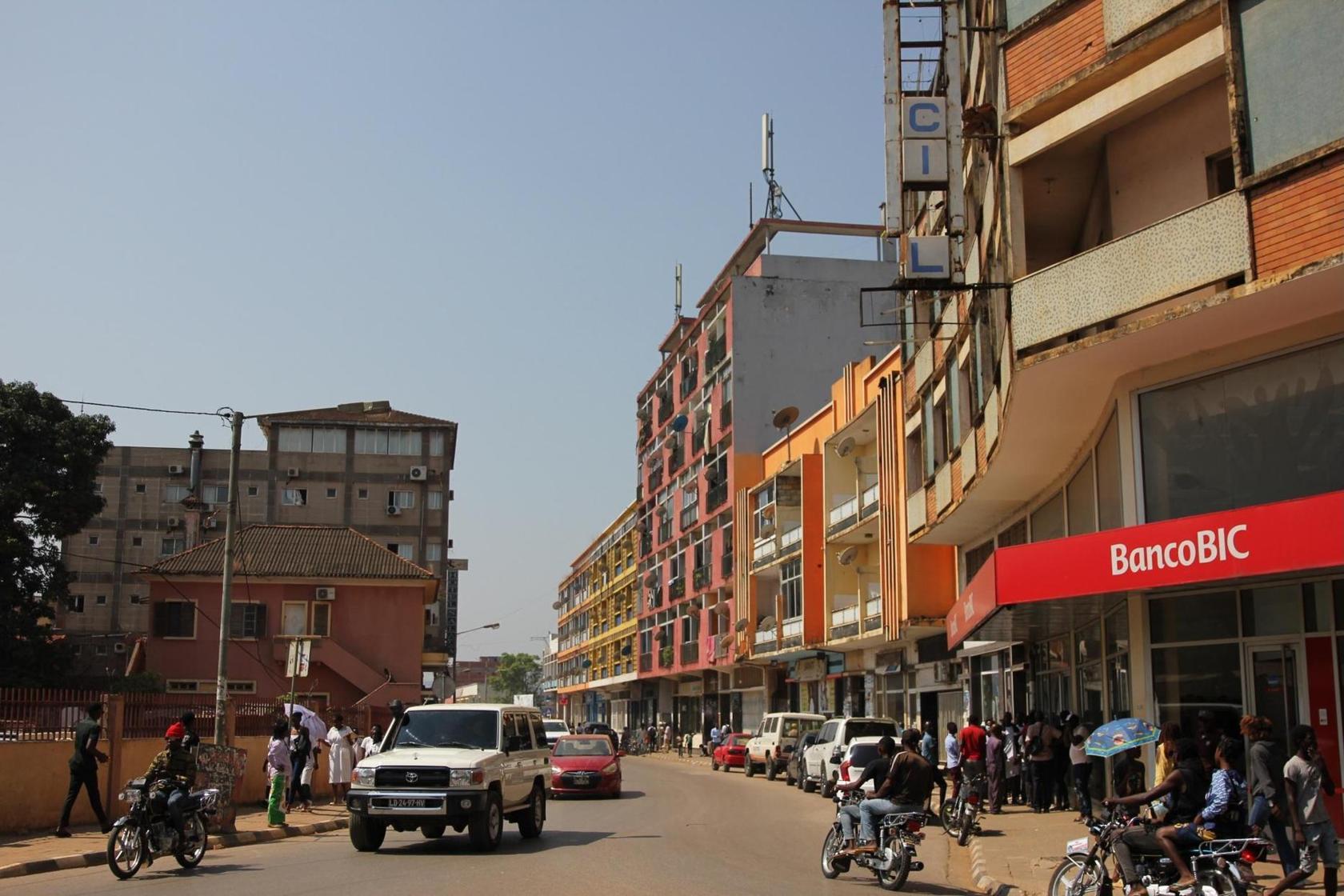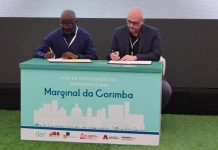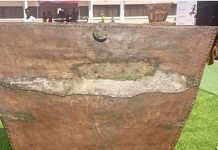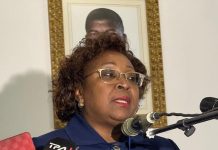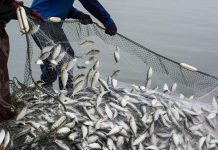Africa-Press – Angola. The Lwini Foundation intends to restart the “Formei” project, which aims to promote the social inclusion of people with disabilities, through the attribution of professional training grants and the allocation of jobs.
This information was provided by the institution’s executive director, Alfredo Ferreira, during the presentation ceremony of the 25 years of solidarity, having said that, for this purpose, there will be a competition from the business sector that should, in principle, finance the training and the admission of the beneficiary to the staff.
As for children with special educational needs, he said that they will also facilitate the level of learning through multifunctional rooms with equipment designed to develop certain cognitive functions of children.
According to the official, children with special needs often have learning difficulties. “If they have tools at the level of the technological world that allow them to develop their capacities, their learning in basic education will be better”.
On the other hand, he advanced that the foundation’s challenges are related to consolidating the projects in execution, mainly in the health sector, for a rational management of resources.
He also said that to date, around 30,000 wheelchairs, an equal number of crutches and crutches have already been distributed, in compensation alone.
He made it known that the greatest difficulty lies in the sources of financing, as a result of the current economic moment that the country is experiencing, but that he believes that better days will come.
The city of Uíge, which completes 106 years since its elevation to this category, has seen, in the last four years, the emergence of new social infrastructures, with the implementation of the Integrated Plan of Intervention in Municipalities (PIIM) and other initiatives.
Since 2020, the city of Uíge has made progress in the areas of education, health, hotels and restaurants, water supply and electricity supply and road construction.
Several political and social infrastructures were built in the last four years, within the scope of the PIIM, the roads that connect the Kimpa Vita University to the city center, in the Candombe Novo neighborhood, were rehabilitated, as well as seven new schools of 12 and seven classrooms and a health center.
Construction work is also underway on the new General Hospital in Uíge, the new football stadium in Quilomosso, the Technical Health Institute and the high school in the Catapa neighbourhood.
Despite these advances, much is still expected to be done in terms of building schools, housing, expanding the public energy and drinking water network, so that the city can achieve the intended socio-economic development.
On the anniversary of the city, citizens are waiting, until now, for the improvement of basic sanitation, access roads to peripheral neighborhoods, public transport, as well as the construction and rehabilitation of leisure spaces.
The dream of owning a home is another challenge for young people, who say that there are few initiatives to make this claim a reality.
To commemorate the city’s 106th anniversary, cultural, sporting and recreational activities were scheduled, such as Expo-Uíge/2023, a music-cultural show, a health fair and visits to places of tourist interest.
Stands were set up in Praça da Independência, the epicenter of the festivities, for an exhibition of agricultural and livestock products, crafts and tasting of traditional local dishes.
About the city of Uíge
The then Vila Marechal Carmona was elevated to this category by Captain Manuel José Pereira and Lieutenant Tomaz Berberan, through Ordinance No. 15 444 of 07/01/1945.
The name Cidade do Uíge was definitively the capital of the province with the same name, concentrating the region’s political and economic institutions.
The name of the city of Uíge originates from the name of the river Uíge, on which welcome messages in the Kikongo language “wiza-kiambote” were desired when the Portuguese arrived in Carmona.
Other sources maintain that the name Uíge derives from an expression in the Kikongo language that the ancestors expressed on the arrival of the Portuguese “wizidi”, which means “arrival”.
In 1955, the town of Carmona was renamed Vila Marechal Carmona, in honor of former Portuguese President Óscar Carmona.
The provincial capital has an estimated population of more than 490,000 inhabitants.
Its tourist reference points are the former city hall (current seat of the Provincial Government), the Congo museum, the former PIDE-DGS jail, the tomb of soba Mbemba Ngango, the Sé Catedral and São Francisco de Assis churches.
The city of Uíge is limited to the south by the municipality of Quitexe, to the north by Mucaba and Songo, to the northwest by Bungo, northeast by Púri, to the east by Negage, to the southeast by the municipality of Ambuila, to the west it has an altitude of 829 meters.
For More News And Analysis About Angola Follow Africa-Press

